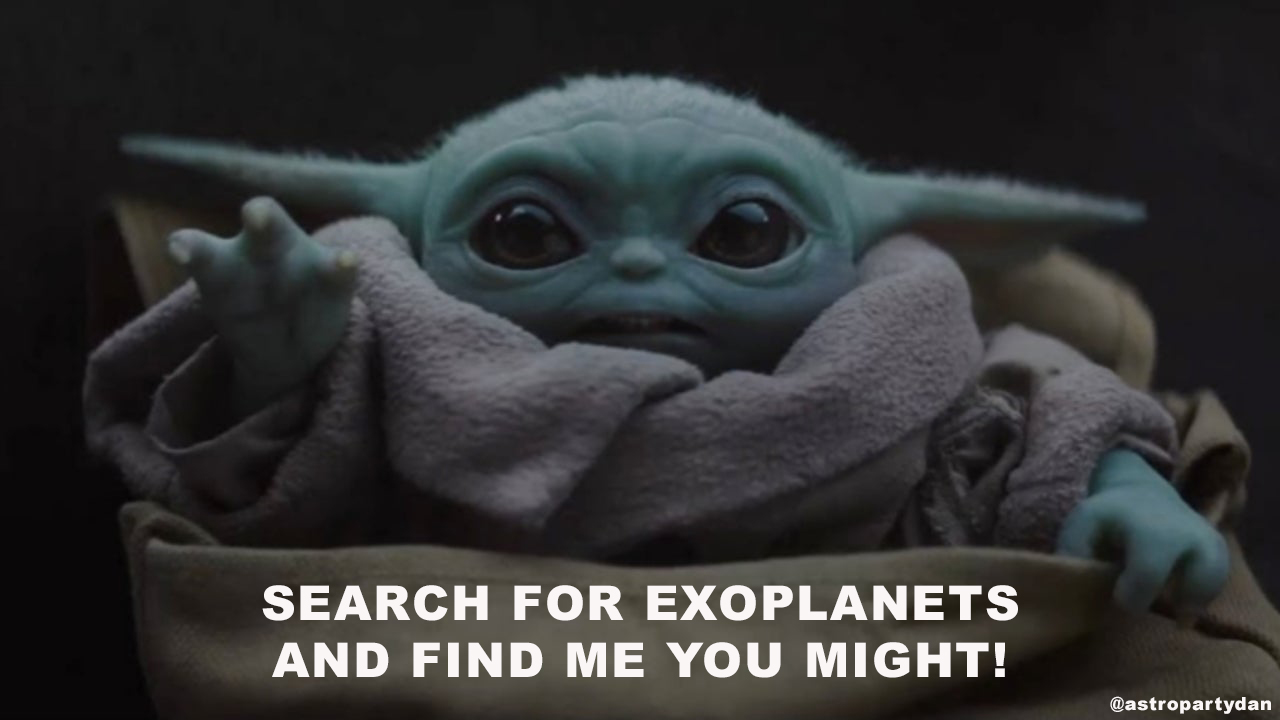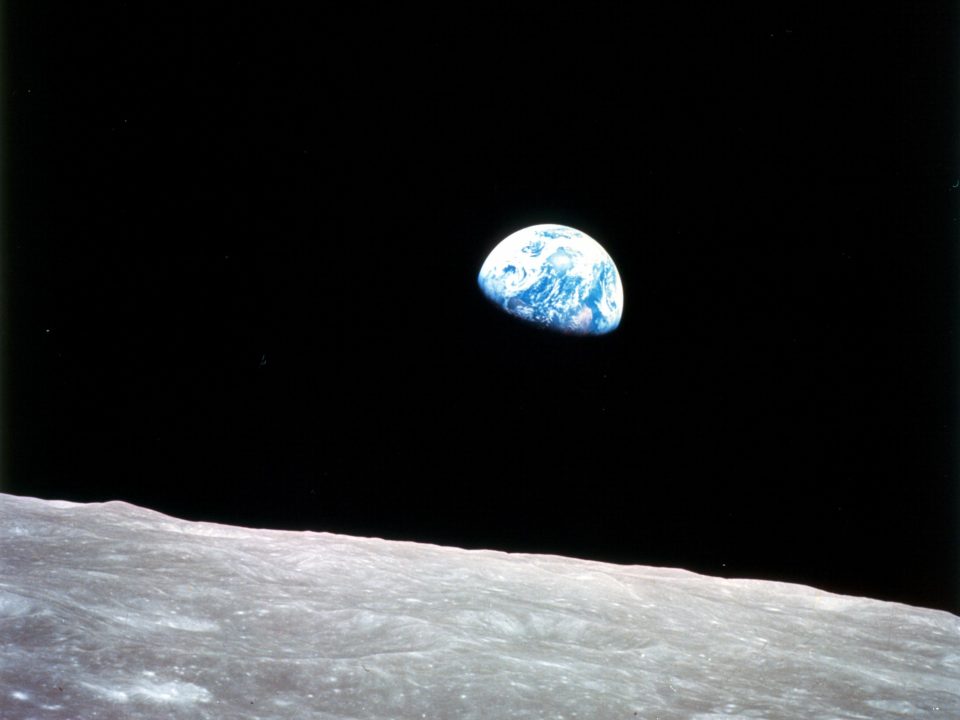
Feb. 14 – Feb 22 Weekend Edition: Get your Unistellar eVscopes and help observe exoplanets!
February 14, 2020
TONIGHT: NASA TESS exoplanet target for Unistellar eVscope users on March 7.
March 8, 2020Dear Unistellar eVscope users,
It’s time for another Unistellar eVscope exoplanet citizen science campaign. We would love your help observing some exoplanets, so if you want to join us in some planet hunting, then charge up your eVscopes and get ready because we need your help this weekend!
Background Information (skip to the observing directions, if you’ve seen this before)
If you have not seen my previous posts on this topic, my name is Dan Peluso and I am doing my PhD in astrophysics with Franck Marchis (astronomer at the SETI Institute) and as a portion of my research I want to see if it is possible for any astronomy enthusiast around the world to coordinate with planet hunting scientists like us to help contribute to the search for planets around other stars (a.k.a. exoplanets).
Currently, one of the best planet hunting missions in operations is NASA’s Transiting Exoplanet Survey Satellite (a.k.a. TESS). Although NASA’s TESS is an amazing instrument, it still needs help in confirming and gathering additional data on the exoplanets it is attempting to observe. This is where YOU come in!
Exoplanet searches usually require elaborate setups, lots of study, maybe a fancy degree, and a sky mostly free of light pollution. With new technologies, such as with the new Unistellar eVscope and the citizen science network we are developing in coordination with the SETI Institute that is no longer the case!
Check out the article, Unistellar Consumer Telescope Will Help Astronomers Probe Exoplanets.
The Unistellar eVscope has already proven its capabilities to observe the transit of an exoplanet (see image 1 below).

Image 1: Transit light curve of WASP-43b. Observed with one Unistellar eVscope in March 2019 by Emmanuel Arbouch.
However, now we want to experiment with the possibilities of many eVscope users observing the same exoplanet and at the same time! Additionally, what will combining the data from many eVscopes do in helping us to learn more about these distant worlds? Can you and your eVscope help NASA TESS and other exoplanet scientists better understand these distant worlds? Ready to find out? I am! If you are too, then please read on for directions and details.
Unistellar eVscope Exoplanet Observing Directions
- Review the suggested exoplanet transit observations below. Pick the most convenient target for you based on your location, but keep in mind your local weather may affect your observing ability.
- To make sure that there is enough space on your eVscope to collect data, download any previous data on your phone, then connect to your WiFi and upload it to our server. To do this, click on “User”, then after it loads, click on “DOWNLOAD DATA”. Wait for it to finish and you will not want to use your phone while this downloads. After it downloads to phone, disconnect phone from eVscope, turn off eVscope, and connect your phone to your home high-speed WiFi network. Now select “UPLOAD DATA”.
- Make sure to charge your eVscope so it has enough charge for the ~4 hour observation.
- Set up about 20-30 minutes before the observation start time. It is important that you uncap your telescope at least 10 minutes before an important observation so that the mirror can reach equilibrium (this improves image quality and stability).
- After you connect to your eVscope point at some bright stars and focus and then auto-align. Make sure it says alignment is successful
- After alignment, go to “Explore”, then scroll to the bottom and select “GoTo Ra/Dec” under the “Advanced” menu.
- Enter your RA and Dec (listed below for each target). Double check your numbers and then hit GoTo
- After the eVscope finds your target (Goto validated), click on Enhanced Vision (the “eye”).
- Your eVscope should now track the object for the remainder of the observation.
- Enjoy a movie, television show, book, time with family or friends, a nap, or whatever you’d like to do while your eVscope conducts the observation.
- Come back at the observation’s end time and cap your eVscope with its provided dust cap and take some “dark frames”. To take “dark frames”, all you have to do is make sure Enhanced Vision is still running and then put the dust cap on the eVscope, wait about 3 minutes, remove it, turn off Enhanced Vision, and you’re done!
- Park your eVscope, turn if off, and celebrate because you are officially an exoplanet hunter!
- Send us the data by downloading the data on your phone, then connecting to your wifi and uploading it to our server (I recommend sending the data to our server while you sleep, so if you’re going to bed soon, it wouldn’t hurt to have this run while you sleep. Step 2 has details on how to do this.
- Contact us by email at citizenscience@unistellaroptics.com to inform us that you observed. In your email, include the following:
- Your name
- Observing location
- Target you observed
- The local time when you took your dark frames
- Any important notes about the observation (e.g. it was really windy, some clouds, etc.)
- The eVscope SSID of your eVscope. This is the same letter/number code that appears on your phone when you are selecting your eVscope to connect to your phone via its broadcasted WiFi signal and can also be found in the “User” menu in the box at the top titled “SSID”. E.g. eVscope-abc1d2.
GROUP A (USA)
Friday, March 6, 2020
Exoplanet Observation Details –> TESS Target, TOI 507.01
Date of observation:
Friday, March 6, 2020
Observation Time:
8:13 pm – 11:10 pm, Pacific Standard Time
*Hey, guess what? You don’t even have to be with your eVscope this entire time! I’ve done observations this long and after setting up went inside to catch up on my favorite show or enjoyed some reading.
IMPORTANT: PLEASE CHECK THE WEATHER so if you leave your eVscope out it is not damaged by rain/snow!!!
Target:
TOI 507.01
Additional details: V=13.7, Depth (ppt) = 68.22.
We hope to detect a new TESS planet!
(FYI, TOI means “target of interest”)
Celestial Coordinates:
Right Ascension (RA) –> 08:06:31.1
Declination (Dec) –> -15:45:52.88
*Don’t forget the “-” sign for your Dec.
GROUP B (FRANCE)
Saturday, March 7, 2020
Exoplanet Observation Details –> TESS Target, TOI 1720.01
Date of observation:
Saturday, March 7, 2020
Observation Time:
21:36 – 02:33, Central European Standard Time (CET)
*Hey, guess what? You don’t even have to be with your eVscope this entire time! I’ve done observations this long and after setting up went inside to catch up on my favorite show or enjoyed some reading.
IMPORTANT: PLEASE CHECK THE WEATHER so if you leave your eVscope out it is not damaged by rain/snow!!!
Target:
TOI 1720.01
Additional details: V=10.9, Depth (ppt) = 13.16.
We hope to detect a new TESS planet!
(FYI, TOI means “target of interest”)
Celestial Coordinates:
Right Ascension (RA) –> 07:48:06.42
Declination (Dec) –> 50:13:30.53

This is our new science goal for my PhD to use Unistellar eVscopes to find Baby Yoda! Lucasfilm/Walt Disney Pictures via Disney+




